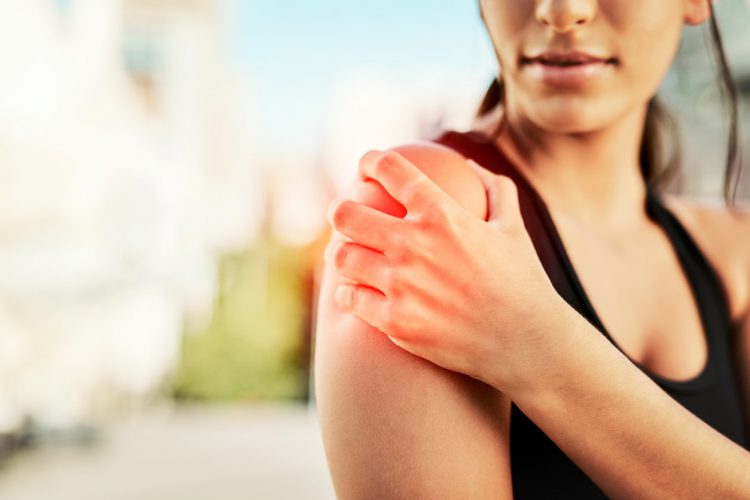
Shoulder Dislocation and Subluxation

The shoulder is a very complex joint. Its rounded shape allows it to move in all directions, but also makes it more vulnerable to instability. The shoulder is held in place and stabilized by the muscles, primarily the rotator cuff, as well as the joint capsule. The capsule consists of several layers of fibrous tissue made of the same collagen as the ligaments.
Although they provide some stability, these structures are highly mobile. This makes the shoulder joint particularly vulnerable to dislocation, which is when the head of the humerus may separates from its socket due to a forceful movement when the joint is extended.
Risk Factors
This injury may be caused by a fall directly on the shoulder, a sudden forceful movement of the extended joint, or catching an object with the arm extended away from the body. This increases tension in the shoulder joint. Because they are fairly mobile, the structures (joint capsule) can support substantial stretching, until they reach a breaking point when they can no longer hold the humeral head in its socket (glenoid cavity).
Weak shoulder muscles increase the likelihood of dislocation. Strong muscles can absorb impact, increase joint stability and reduce the burden on the ligaments (joint capsule). Following an injury, the patient is at an increased risk for a weakened rotator cuff, tendinitis, and distorted posture.
Subluxation or Dislocation?
Subluxation occurs when the joint separates and pops back into place on its own. Dislocation, however, is a complete and permanent separation if not corrected by a professional. Only a doctor is qualified to reduce a dislocation. It is therefore best to be seen by a doctor immediately if needed. The doctor may prescribe medication for the pain, as well as refer you to a physical therapist to rehabilitate the joint, strengthen the shoulder and avoid recurring injuries.
Rehabilitation After a Shoulder Dislocation or Subluxation
The long term goal of physical therapy is to decrease the likelihood of recurring injuries and to reduce the after-effects of the current injury.
The most pressing matter is to reduce inflammation and allow the surrounding tissues to heal: joint capsules, ligaments, tendons and muscles. The best methods for reducing inflammation are rest and protecting the joint (splint, reducing routine activity). Ice and medication can also help. Your physical therapist can speed the healing process with pain reduction methods such as ultrasound therapy, taping, and passive mobilization. Soon, we can integrate exercises that are tailored to the affected tissues and your limited daily activities and workout routine.
Warning! An untreated dislocation or subluxation can weaken your shoulder and increase your risk of serious future injuries. Consult your physical therapist to find the right treatment plan to meet your needs.


